
2021 was a busy year, for DEPTH and for researchers and communities worldwide. Here are some numbers that summarise our in-DEPTH work in 2021…
1
New research project, Routes: new ways to talk about Covid for better health. Focus on Gypsy Roma and Traveller communities, and migrant workers in precarious jobs. This participatory research is funded by the NIHR Public Health Policy Research Unit. The project responds to the Health and Security Agency need for urgent information on barriers and opportunities for improving health services relating to COVID-19 community prevention and response. Check out our brand-new webpage for more information.
137
Number of organisations and individuals contacted as part of our Routes project work, across mapping conversations, interviews, dialogue sessions and stakeholder conversations.
3
Major funders for our participatory DEPTH research: UK Government FCDO (ACCESS: Approaches in Complex and Challenging Environments for Sustainable SRHR), NIHR (This Sickle Cell Life) and UK Government NIHR/DHSC (Routes: new ways to talk about Covid for better health. Focus on Gypsy Roma and Traveller communities, and migrant workers in precarious jobs). Across these projects, we are working in dialogue with communities as well as with policymakers, researchers and advocates.
14
Points in our preliminary guidelines for equitable academic authorship in collaborative health research. We built on good-practice guidelines from the International Committee of Medical Journal Editors (ICMJE), the British Sociological Association (BSA) and Committee on Publication Ethics (COPE) to recognise the specific needs of authors in co-production contexts, including research conducted with non-academic collaborators. You can read our guidelines, for free, here.
2
Finalist nominations for the Royal College of Paediatrics and Child Health &Us ‘Voice Champion Award’. Dr Alicia Renedo and Dr Sam Miles were shortlisted for their work with children and young people, ‘championing their voices to inspire students and health workers at the London School of Hygiene & Tropical Medicine’. The nominations and shortlisting were run by young people. You can read more on our blog.
8
Talented research degree students undertaking doctorates with DEPTH staff: Prima Alam, Casey-Lynn Crow, Julia Fortier, Weiqi Han, Erin Hartman, Mary Mbuo, Marthe Le Prevost (recently completed) and Maritza Lara Villota.
1,278
Total number of followers of our @DEPTH_LSHTM and our @ThisSCLife Twitter accounts. Check out our feeds out if you’re not signed up for daily updates, news articles and research findings.
90
Number of days we had to wind up a huge consortium project. ACCESS (Approaches in Complex and Challenging Environments for Sustainable SRHR) was axed without warning by the government in spring 2021. We nevertheless developed exciting outputs to share from our consortium work, available here. You can also read a summary of the project from our partners at IPPF (International Planned Parenthood Federation), here.
2
Strategy days to practice teamwork initiatives, discuss DEPTH priorities and plan our research strategy.
5
Total number of canine DEPTH team members. Gus and Ziggy are Sam and Laura’s puppies, while Bertie, Colin and Pepa are honorary doggie members!

We hope you enjoyed reading our ‘Year in 2021’. Watch this space for new developments in 2022…


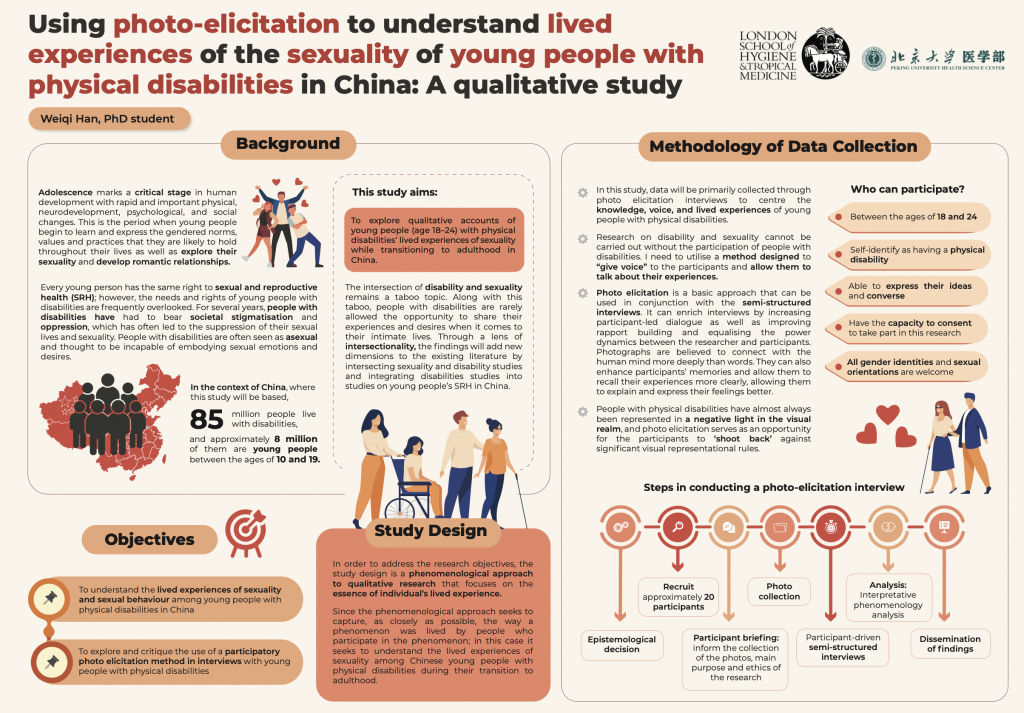









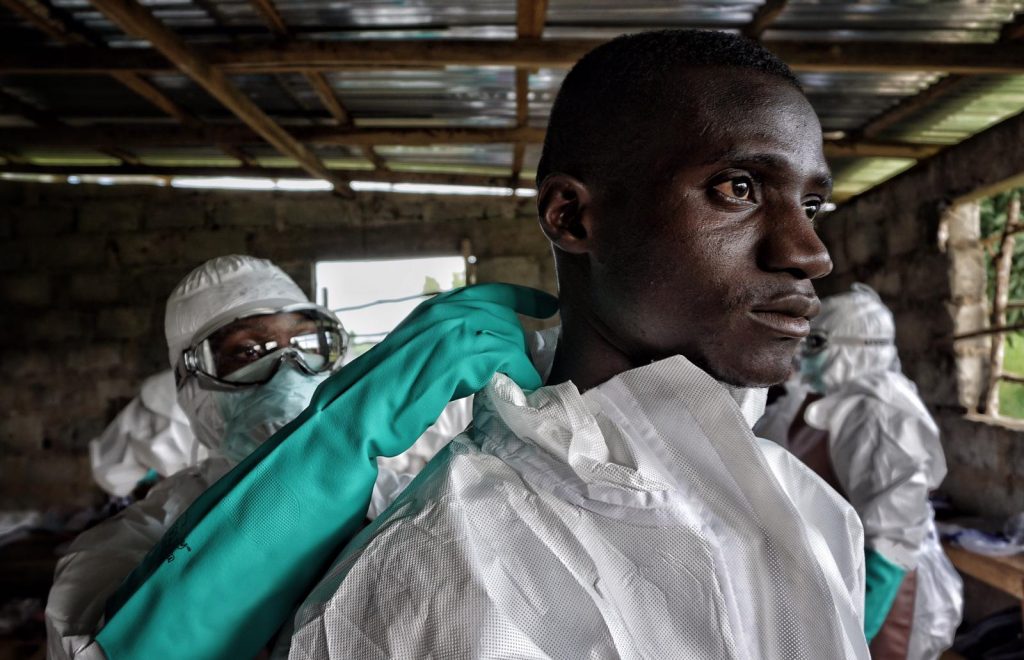





 That’s not all: in
That’s not all: in 


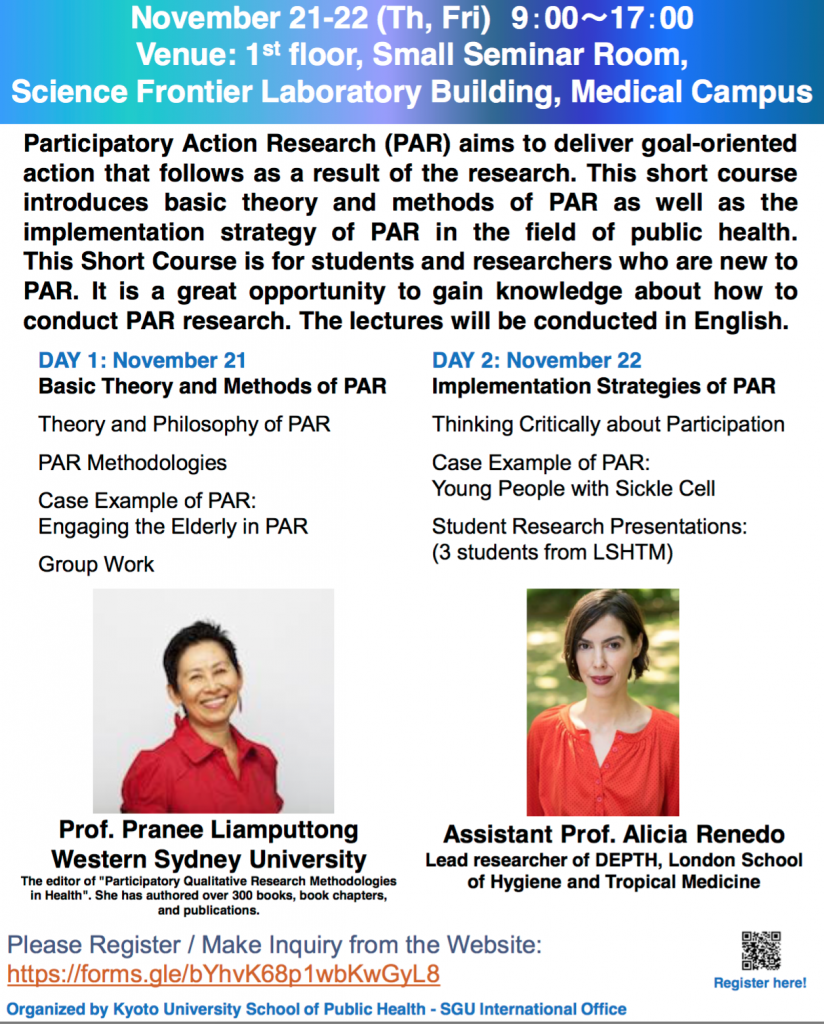 On the second day, Dr Renedo encouraged students to think critically about participation in health. She gave on overview of the
On the second day, Dr Renedo encouraged students to think critically about participation in health. She gave on overview of the 


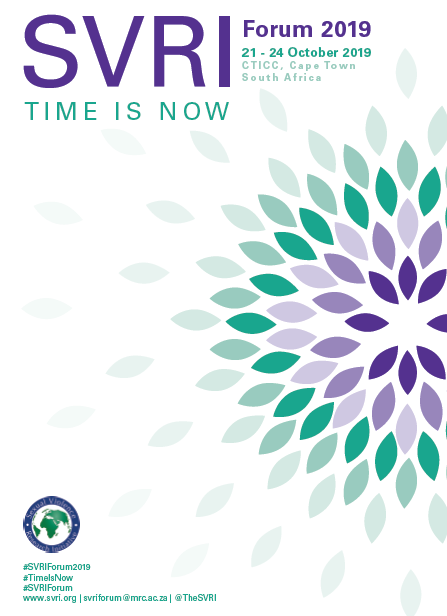


 You can also follow Shelly on her new
You can also follow Shelly on her new 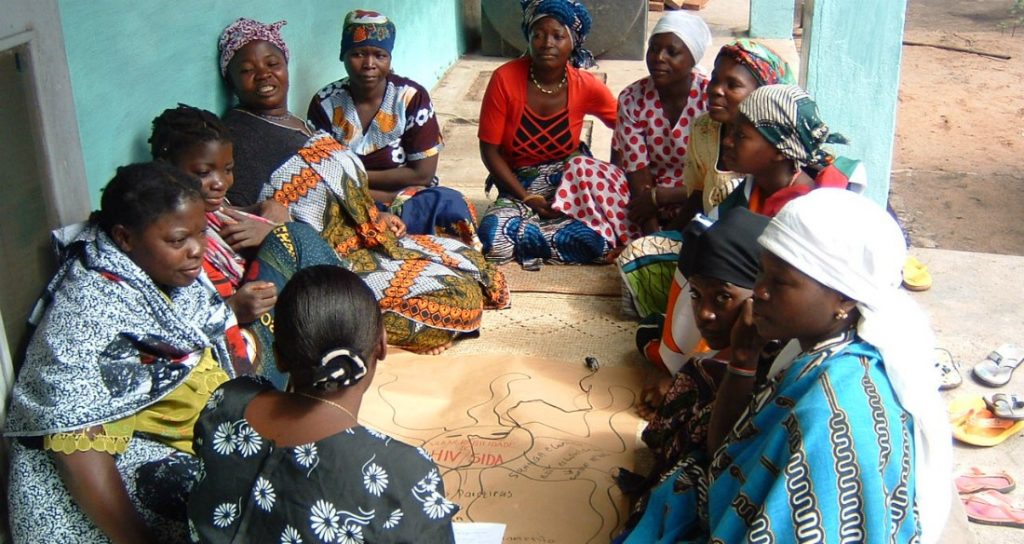

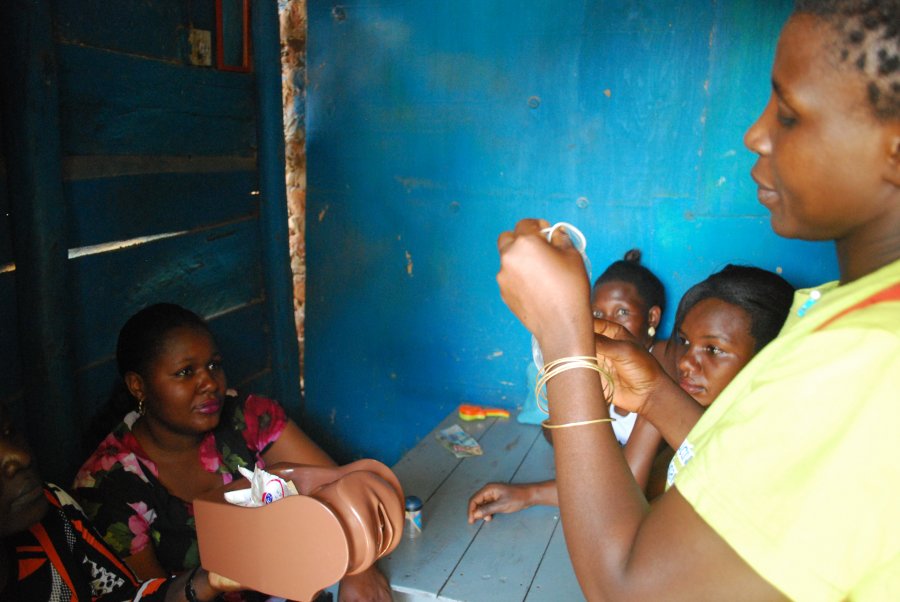
 This post was first published online at
This post was first published online at